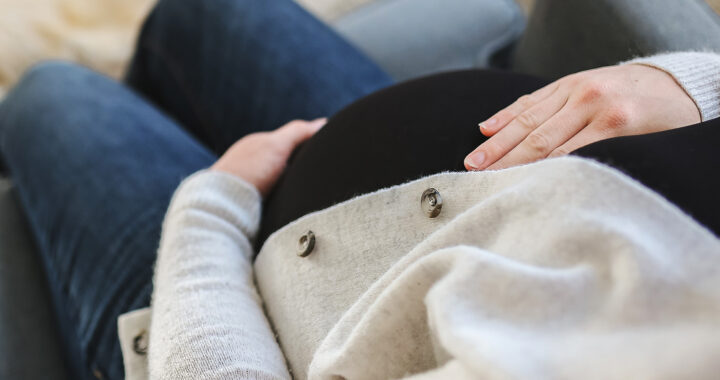The influence of microbes on the brain has long fascinated scientists, yet recent research has uncovered that their role begins earlier than many assumed. A study published in Hormones and Behavior in June 2025 shows that maternal microbiota shape the hypothalamic paraventricular nucleus before birth, leaving lasting anatomical effects.
Maternal Microbiota Shape the Development of the Hypothalamic Paraventricular Nucleus Before Birth, Influencing Stress and Social Behavior Circuits
Background
The paraventricular nucleus or PVN regulates stress responses, blood pressure, fluid balance, and social behaviors. Its neurons produce corticotropin-releasing hormone, vasopressin, and oxytocin. Alterations in this region can affect how individuals manage stress or interact socially. Its development is a key subject of neurodevelopmental and psychiatric research.
Earlier studies have established the role of maternal microbes in brain development. The exact mechanism behind this process remains unknown. Researchers Y. C. Milligan et al. noted and postulated in their findings that maternal microbial products, perhaps metabolites or immune signals, may cross the placenta to influence brain development before birth.
Mice raised without any microbes, known as germ-free mice, were compared to those naturally colonized. Cross-fostering was employed by placing germ-free newborns with microbe-carrying foster mothers. This separated prenatal influences from postnatal ones to determine whether maternal microbiota exerted effects during gestation or only after birth.
Results
Findings showed that mice gestated in germ-free conditions had fewer PVN neurons at one week old, even when fostered by microbe-carrying mothers immediately after birth. The absence of recovery highlighted that prenatal microbial exposure, rather than postnatal colonization, directs neuron development within this region of the brain.
The reduced neuron numbers persisted into adulthood. Adult germ-free mice retain fewer PVN neurons than conventionally raised counterparts. Overall PVN volume remained unchanged. This resulted in lower neuron density. This suggests that the structural alteration represents a permanent developmental consequence of missing microbial signals during prenatal stages.
Adult germ-free mice also have larger forebrains compared to conventional mice. This suggests that microbial influences may act differently across regions, decreasing neuronal density in one crucial nucleus while simultaneously enlarging total brain structures, indicating region-specific developmental effects of microbial colonization during early life.
Implications
The results build on prior findings that germ-free mice exhibit altered neuronal death patterns and microglial labeling during neonatal development. Previous work showed that perinatal microbial absence affects hippocampal and hypothalamic development. The study extends this by linking prenatal microbial influence directly to long-lasting changes in PVN anatomy.
Public health implications emerge when these insights are applied in childbirth practices. About 40 percent of U.S. women receive antibiotics during childbirth, and about 30 percent of deliveries occur by Cesarean section. Both alter maternal and infant microbial exposure. This influences neurodevelopmental processes similar to those observed in mice.
The study does not reveal which types of PVN neurons are most affected. It might be vasopressin, oxytocin, and corticotropin-releasing hormone cells. Moreover, it does not examine how the anatomical changes translate into stress hormone secretion, cardiovascular regulation, or social behaviors, leaving these functional consequences to future investigations.
FURTHER READING AND REFERENCE
- Milligan, Y. C., Peters, N. V., West, G., Cortes, L. R., Chassaing, B., de Vries, G. J., and Castillo-Ruiz, A. 2025. “The Microbiota Shapes the Development of the Mouse Hypothalamic Paraventricular Nucleus.” Hormones and Behavior. 172: 105742. DOI: 1016/j.yhbeh.2025.105742
